Revolutionizing Power Storage: Betavolt’s Groundbreaking Nuclear Battery
Estimated reading time: 3 minutes
Table of contents
Imagine a world where your smartphone remains charged for years without the need for frequent recharges. This vision is not far from reality with Betavolt, a Chinese startup, introducing a revolutionary nuclear battery that promises enduring power. This article delves into the innovation behind Betavolt’s nuclear battery, exploring its potential applications and environmental benefits.
Unraveling Betavolt’s Nuclear Battery Advancement
Unprecedented Endurance
Betavolt’s nuclear battery, powered by decaying nickel-63 isotopes, boasts an unprecedented lifespan of up to 50 years without requiring charging or maintenance. Unlike conventional batteries, this compact powerhouse, measuring merely 15x15x5 cubic millimeters, ensures sustained electricity generation, rendering dead devices and low battery alerts obsolete.
Versatile Applications
The implications of Betavolt’s atomic energy breakthrough are vast. From medical implants to microprocessors and perpetually airborne drones, this miniature marvel is poised to transform various industries. Envision a future brimming with AI advancements, aerospace innovations, and micro-robotics, all powered by Betavolt’s pioneering technology.
The Evolution of Nuclear Batteries
Compact and Affordable Design
While the concept of nuclear batteries dates back to the 20th century, previous iterations were hindered by their bulky and costly nature. However, Betavolt’s ingenuity, spurred by China’s strategic tech initiatives, has yielded a compact and cost-effective design. This advancement heralds a new era in power storage, promising widespread accessibility and affordability.
Scaling Up for Impact
With an initial output of 100 microwatts at three volts, Betavolt aims to escalate this to one watt by 2025. This upscaling paves the way for significant implications, enabling the realization of devices that operate without the constraints of frequent recharging. Picture smartphones and drones that remain powered indefinitely, revolutionizing the way we interact with technology.
Sustainable and Eco-Friendly Solutions
Safety and Environmental Benefits
Beyond endurance and versatility, Betavolt’s nuclear batteries prioritize safety and environmental sustainability. With no external radiation and the ability to withstand extreme temperatures, these batteries ensure reliability in diverse conditions. Moreover, upon the expiration of nickel-63 isotopes, they transition into harmless copper, mitigating environmental hazards associated with battery disposal.
Mitigating Battery Waste
In addition to extending device lifespans, Betavolt’s technology addresses the mounting issue of battery waste. These nuclear batteries offer a tangible solution to environmental degradation by significantly reducing toxic battery accumulation in landfills. Furthermore, their eco-friendly composition minimizes the risk of landfill fires, fostering a cleaner and safer environment for future generations.
Advancing Towards a Sustainable Future
Commercialization and Beyond
Betavolt is poised to commence mass production for commercial deployment across diverse sectors with pilot testing underway. While the prospect of eternal smartphone batteries may not materialize immediately, a more sustainable future is within reach. Betavolt’s nuclear batteries represent a pivotal step towards reducing environmental impact while enhancing technological capabilities.
Embracing the Nuclear Revolution
In conclusion, Betavolt’s groundbreaking nuclear battery signifies a paradigm shift in power storage. These batteries herald a new era of innovation and progress by offering enduring power, versatility, and environmental sustainability. As Betavolt continues to refine its technology, the promise of a world powered by nuclear energy inches closer to reality. Get ready to embrace the nuclear revolution and redefine the possibilities of power storage.


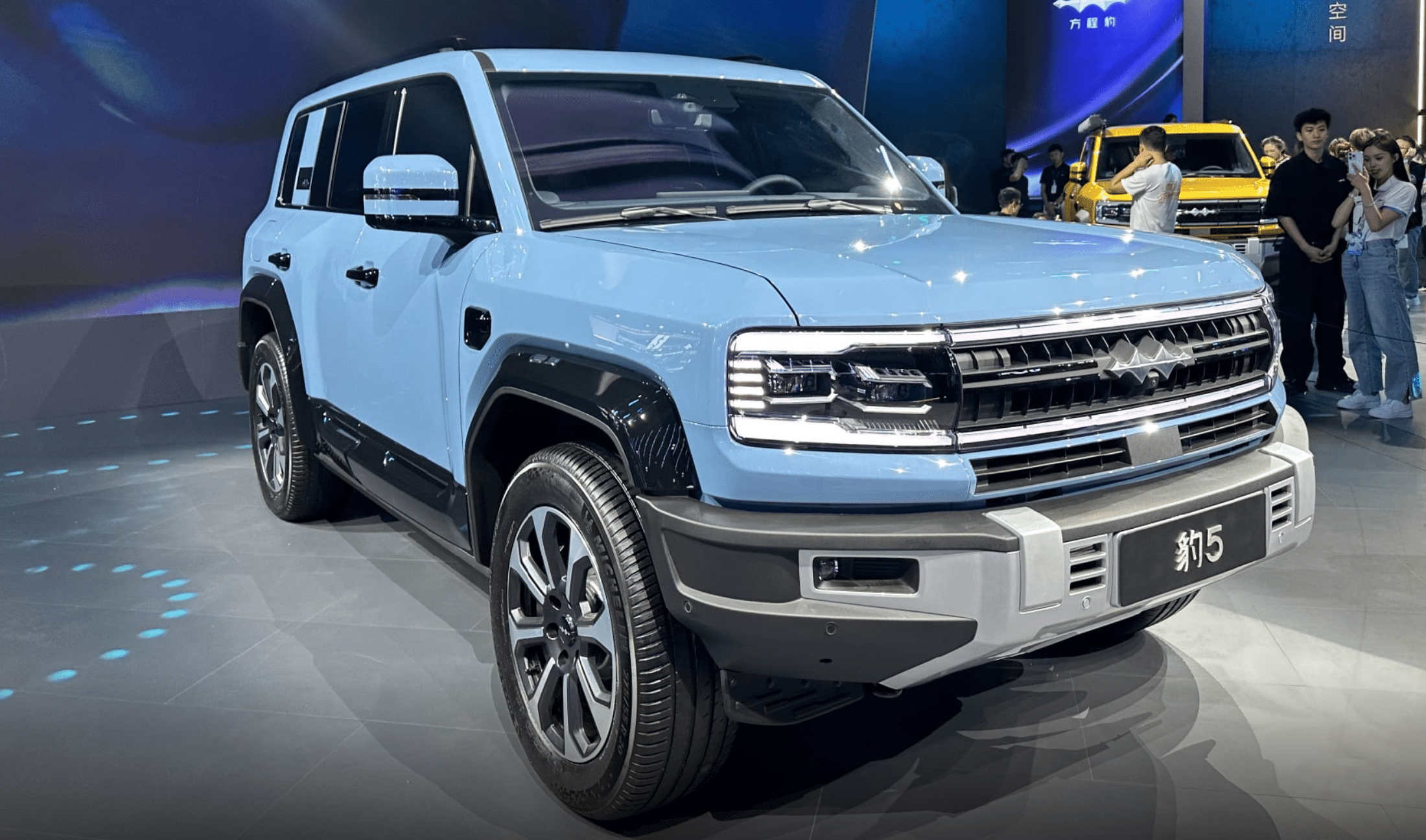
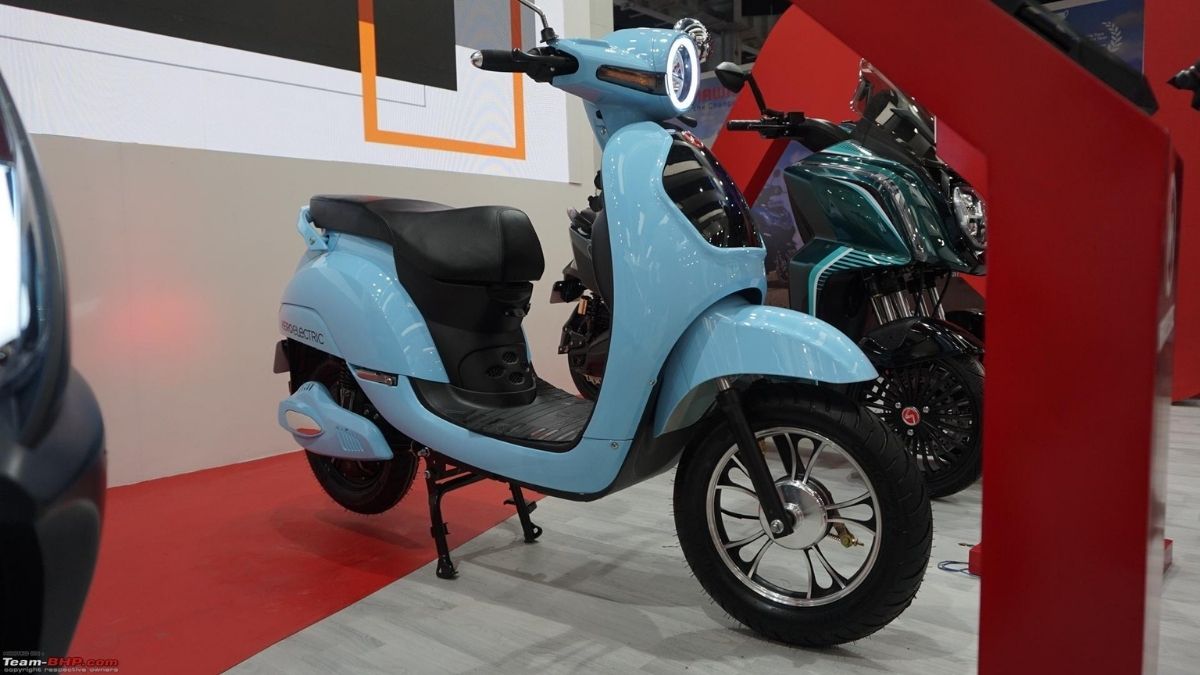
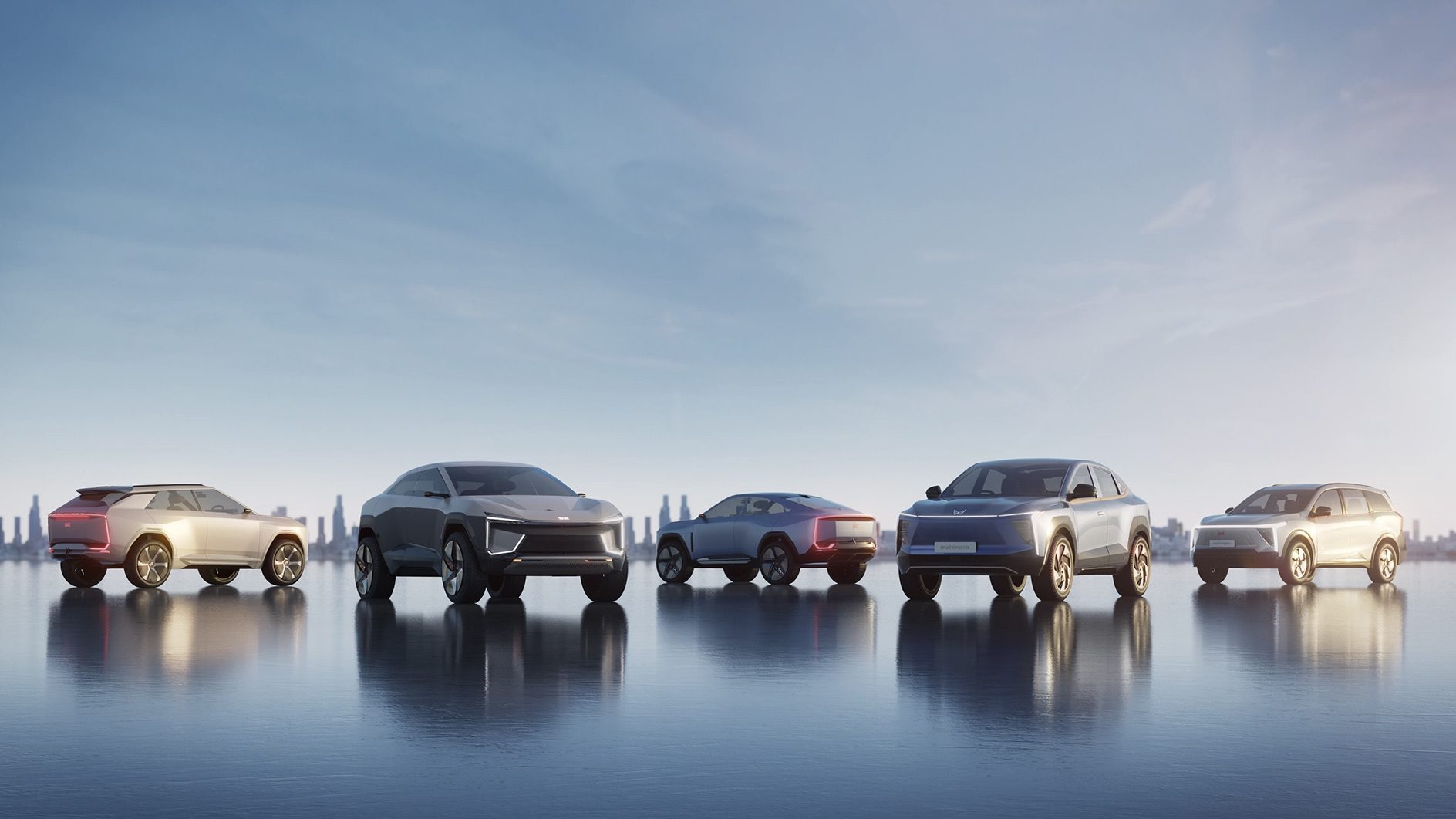
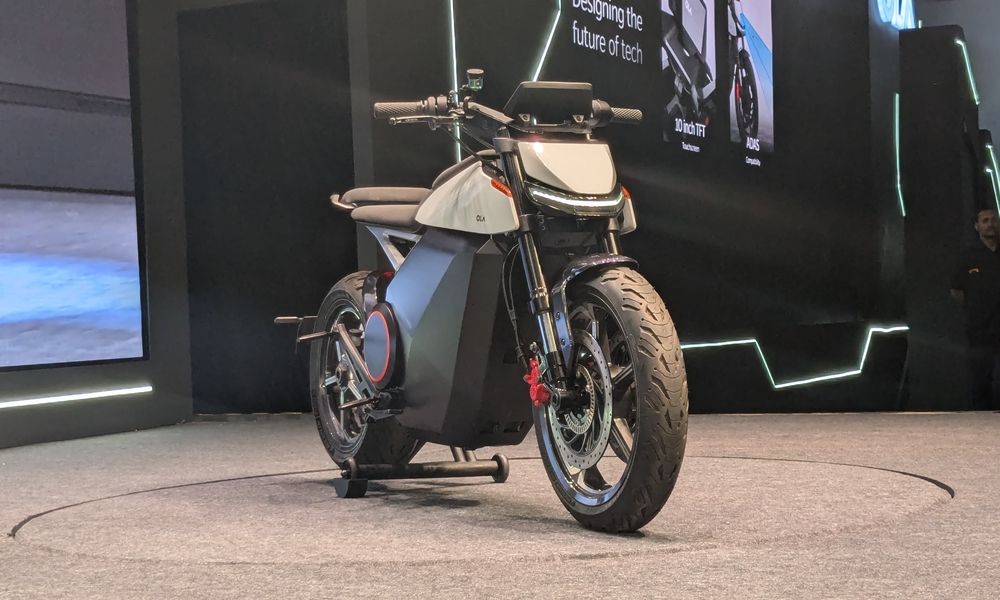




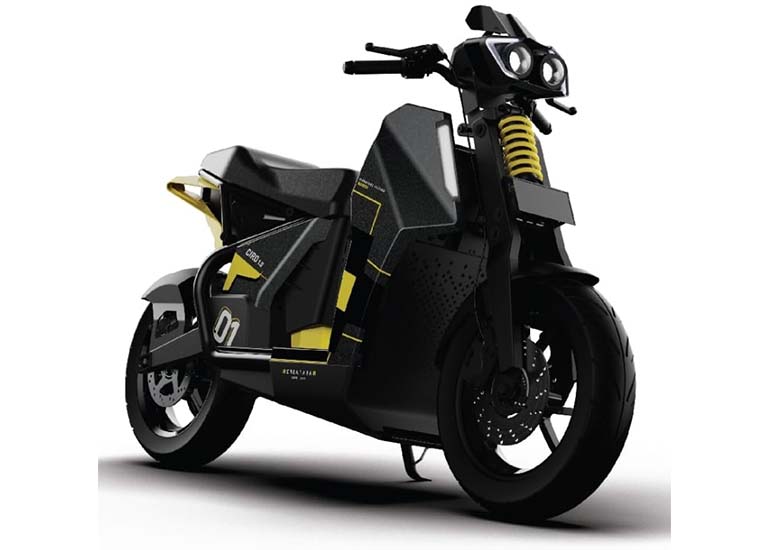
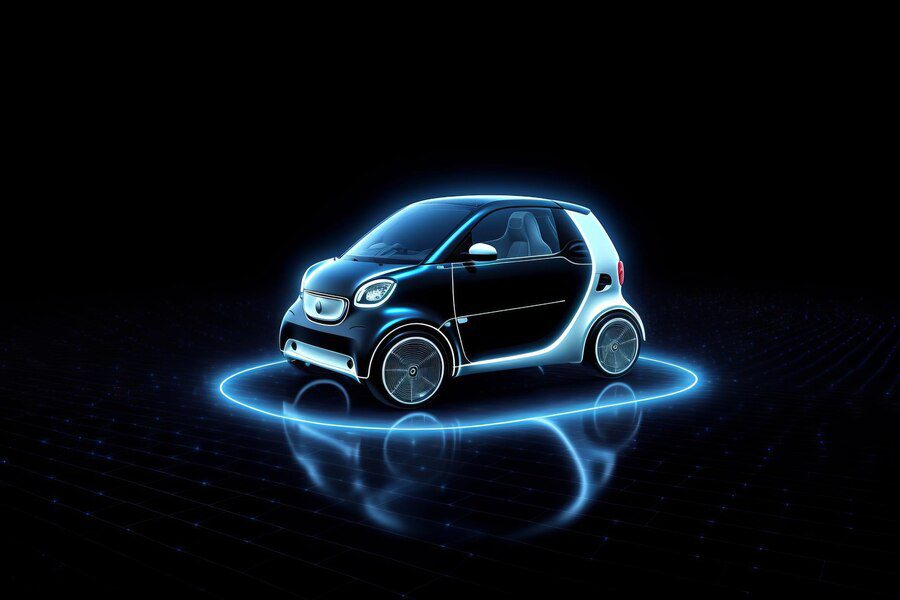

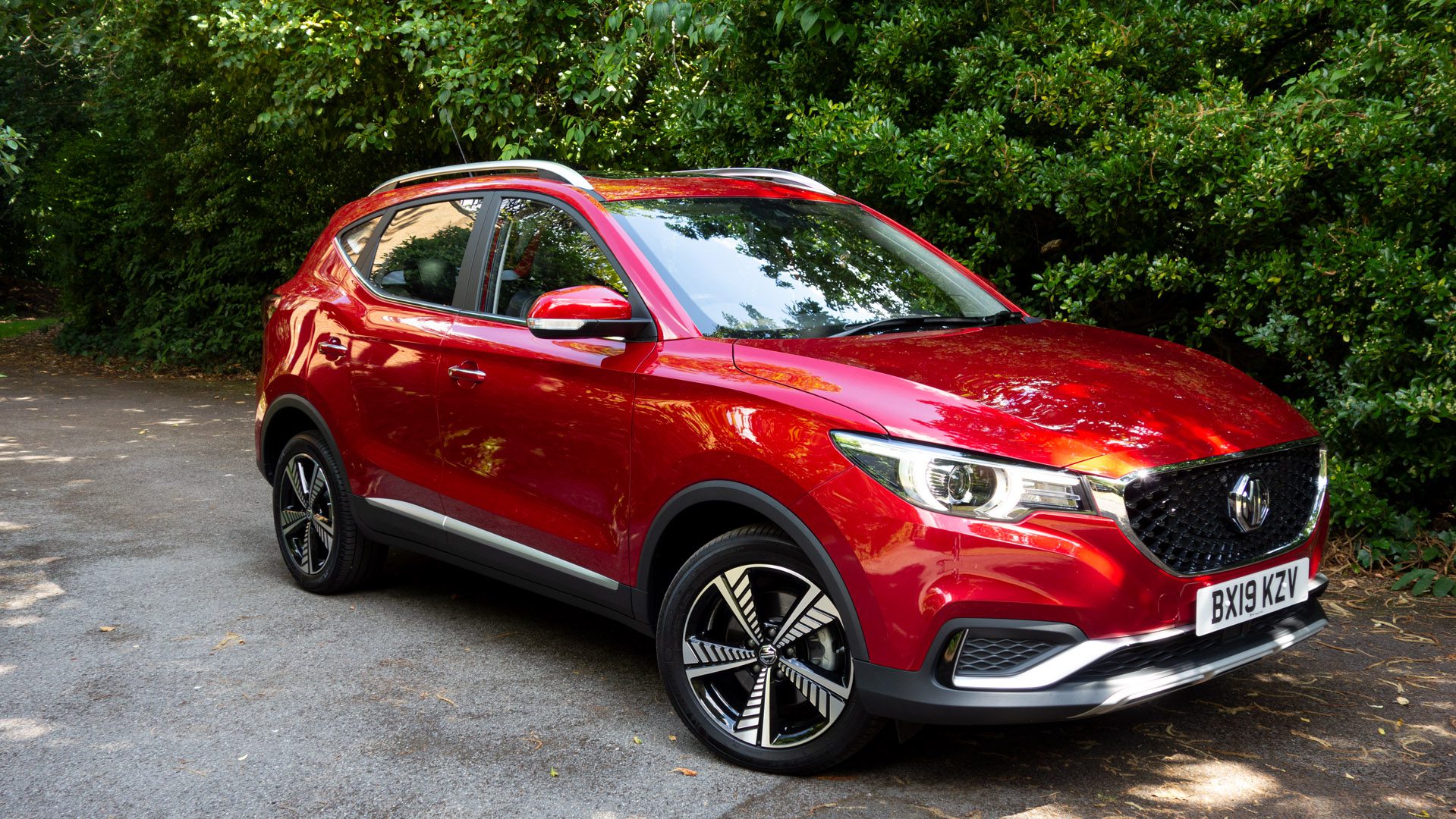
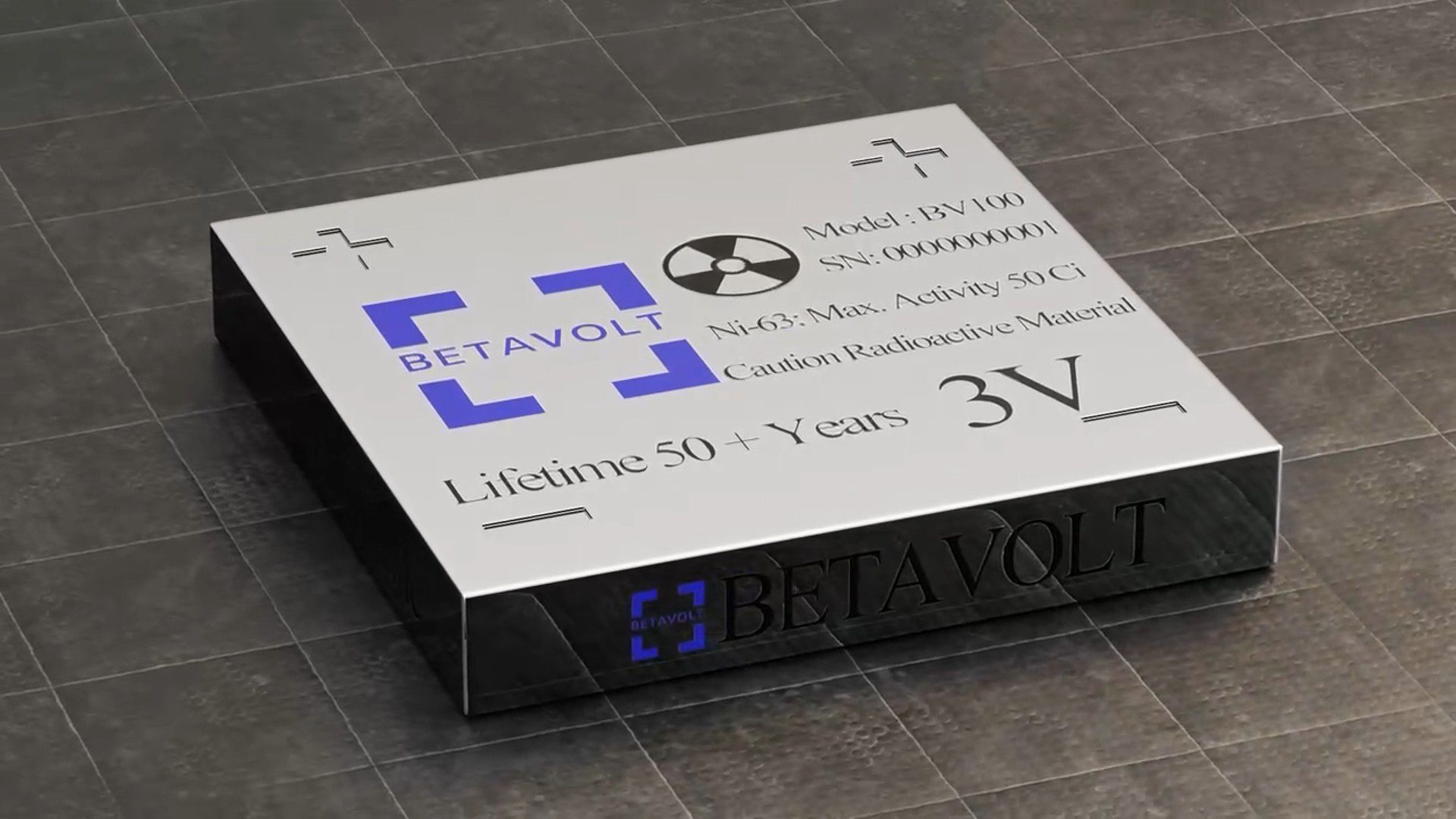



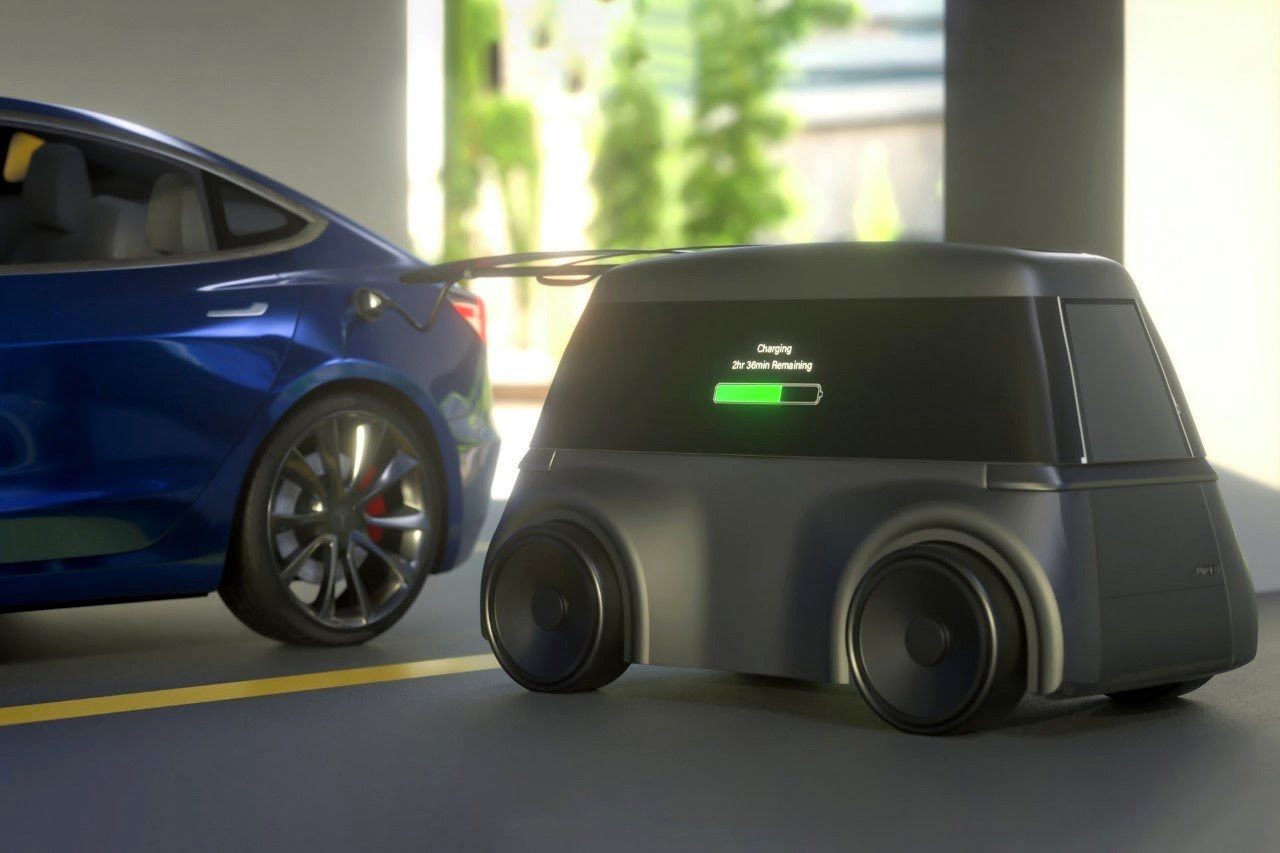

Leave feedback about this